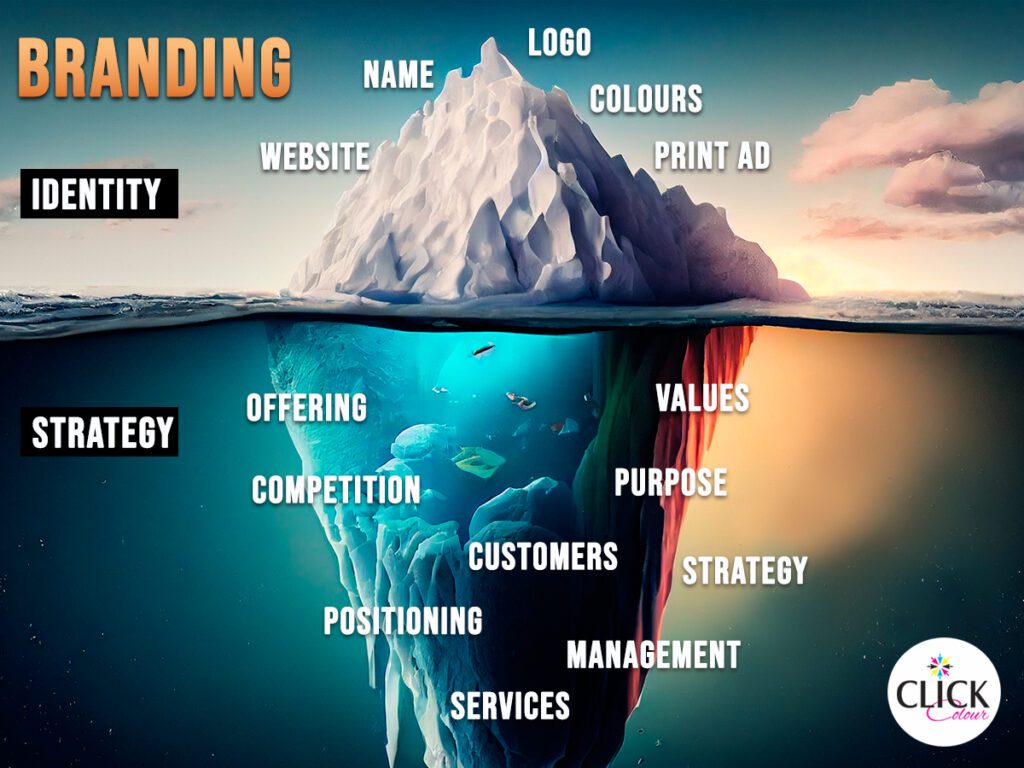In the world of business, the terms “branding identity” and “branding strategy” are often used interchangeably, leading to confusion among small and medium-sized businesses. However, it’s crucial to understand that these two concepts are distinct and serve different purposes. In this blog post, we’ll delve into the essential differences between branding identity and branding strategy, providing clarity for SMBs seeking to establish a strong brand presence.
Branding Identity: The Face of Your Business
Branding identity represents the outward face of your business. It’s what your customers and the public see and perceive. Key components of branding identity include:
Logo and Visual Elements: Your logo, colour palette, typography, and other visual elements create a recognizable and consistent look for your brand.
Messaging and Taglines: These are the words and phrases that encapsulate your brand’s values, mission, and promise to customers. They should be clear and memorable.
Design and Aesthetics: The design and aesthetics of your marketing materials, website, and products should align with your brand’s identity to create a cohesive and appealing image.
Customer Experience: Your brand’s identity is also reflected in how customers interact with your business, from the atmosphere in your physical store to the user experience on your website.
Branding Strategy: The Roadmap for Success
On the other hand, branding strategy is the comprehensive plan that guides how you build and manage your brand over time. It’s a dynamic and evolving framework that includes:
Target Audience: Defining your ideal customer and understanding their needs, desires, and pain points is fundamental to creating a branding strategy that resonates with them.
Competitive Analysis: Evaluating your competitors allows you to identify what sets your brand apart and how you can position yourself uniquely in the market.
Brand Personality: Determining the personality and values your brand should embody helps create an emotional connection with customers.
Content Strategy: Developing a content plan for marketing materials, social media, and other channels ensures consistent messaging and engagement with your audience.
Brand Voice and Tone: Establishing how your brand communicates, the tone it uses, and the language it employs is crucial for maintaining a consistent image.
Long-Term Goals: Setting clear objectives for your brand’s growth and development, including expansion plans and new product/service launches.
Branding Identity and Branding Strategy: Interconnected Allies
While branding identity and branding strategy are distinct, they are interconnected and work together to build a successful brand. Your branding strategy guides the creation and management of your branding identity, ensuring that your visual elements, messaging, and customer experience align with your overall business goals.
In conclusion, branding identity is about how your brand is perceived by the public, while branding strategy is the strategic framework that shapes your brand’s identity. For small and medium-sized businesses, it’s essential to grasp these differences and develop a well-defined branding strategy that aligns with your brand’s identity. By doing so, you’ll not only create a strong brand presence but also establish a lasting connection with your target audience, driving business success in the long run.





